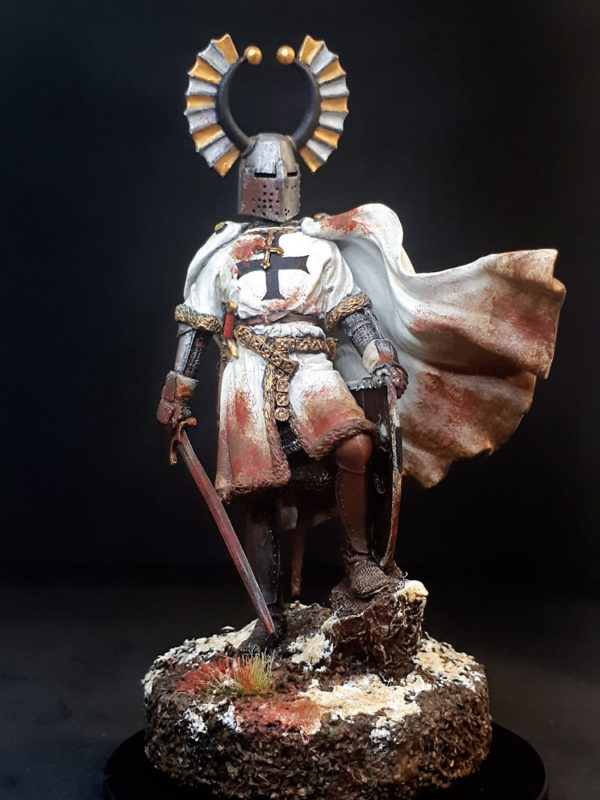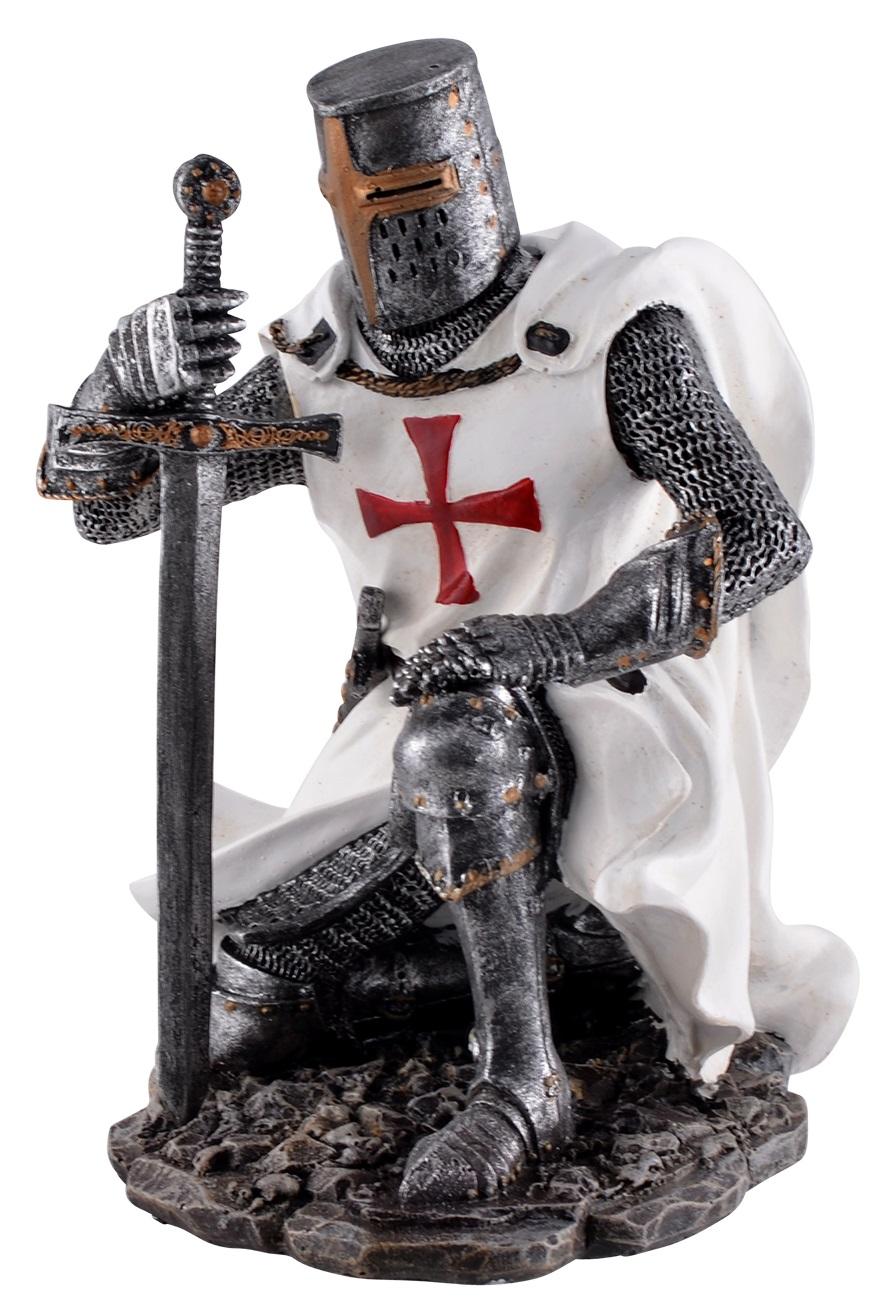

Knighthood finds origins in the Greek hippeis and hoplite (ἱππεῖς) and Roman eques and centurion of classical antiquity. Like other poems on this list – and like any poem, perhaps, which tries to capture the magic and romance of chivalry – the poem is nostalgic, looking back on a knight of the golden age of chivalry: a time which probably, in reality, never existed.A knight is a person granted an honorary title of knighthood by a head of state (including the Pope) or representative for service to the monarch, the church or the country, especially in a military capacity. We conclude this pick of the best poems about knights and chivalry with this light poem from Ella Wheeler Wilcox (1850-1919). Where you come as a stone, and a Christ-chosen one, You have crossed the strange mystical border, Ella Wheeler Wilcox, ‘ Worthy the Name of Sir Knight’. Bedivere tends to the dying king, who hands his knight the sword and tells him to go and throw it in the lake.ġ0. The poem describes the death of the great British king, Arthur, and Bedivere’s depositing of Arthur’s sword, Excalibur, in the lake from which Arthur first acquired it. Hallam died in 1833, and Tennyson wrote ‘Morte d’Arthur’ in 1833-34. ‘Morte d’Arthur’ was written shortly after the death of Tennyson’s friend Arthur Hallam, and the portrayal of kingly Arthur may owe something to Hallam (‘Morte d’Arthur’ means, of course, ‘the death of Arthur’). However, we’ve opted for this earlier poem, from the 1830s, here.
KNIGHTS KNIGHTHOOD FULL
Lay a great water, and the moon was full …Īfter the Romantics, the Victorians continued their devotion to all things related to chivalry and romance, and none more so than Alfred, Lord Tennyson (1809-92), who even went on to write a long cycle of narrative poems about King Arthur, titled Idylls of the King. That stood on a dark strait of barren land. Sir Bedivere, the last of all his knights, King Arthur: then, because his wound was deep, Had fallen in Lyonnesse about their Lord, So all day long the noise of battle roll’d Alfred, Lord Tennyson, ‘ Morte d’Arthur’.

But is this poem with its French title a mere piece of pseudo-medieval escapism, summoning the world of chivalrous knights and beautiful but bewitching women, or does it have a deeper meaning?ĩ. ‘La Belle Dame sans Merci’ (‘the beautiful lady without mercy’) is one of John Keats’s best-loved and most widely anthologised poems after his odes, it may well be his most famous. Talking of nineteenth-century writer’s interest in all things medieval, here’s an even more famous example than Hemans’. Will he ever be freed, or is he destined to rot in his jail? The knight’s plaintive lament shows how dramatic and Romantic Hemans’ style was, but it’s an interesting example of the nineteenth-century interest in the Middle Ages.Ĩ. However, she wrote many other poems, and this one tells of a Christian knight taken captive during the Crusades. Hemans (1793-1835) is best-remembered for her two poems ‘Casabianca’ (beginning ‘The boy stood on the burning deck’) and ‘The Homes of England’. Felicia Dorothea Hemans, ‘ The Captive Knight’.Īnd the knight look’d down from the Paynim’s tower,Īnd a Christian host, in its pride and power,Ĭease awhile, clarion! Clarion, wild and shrill,Ĭease! let them hear the captive’s voice–be still … This short poem – which is reproduced in full above – is thought to be a draft Coleridge wrote around the same time he was working on his longer, more famous poem ‘Christabel’.ħ. Is gone, – and the birch in its stead is grown. The oak that in summer was sweet to hear,Īnd rustled its leaves in the fall of the year,Īnd whistled and roared in the winter alone, Where may the grave of that good man be? –īy the side of a spring, on the breast of Helvellyn, Where is the grave of Sir Arthur O’Kellyn? Samuel Taylor Coleridge, ‘The Knight’s Tomb’.


 0 kommentar(er)
0 kommentar(er)
